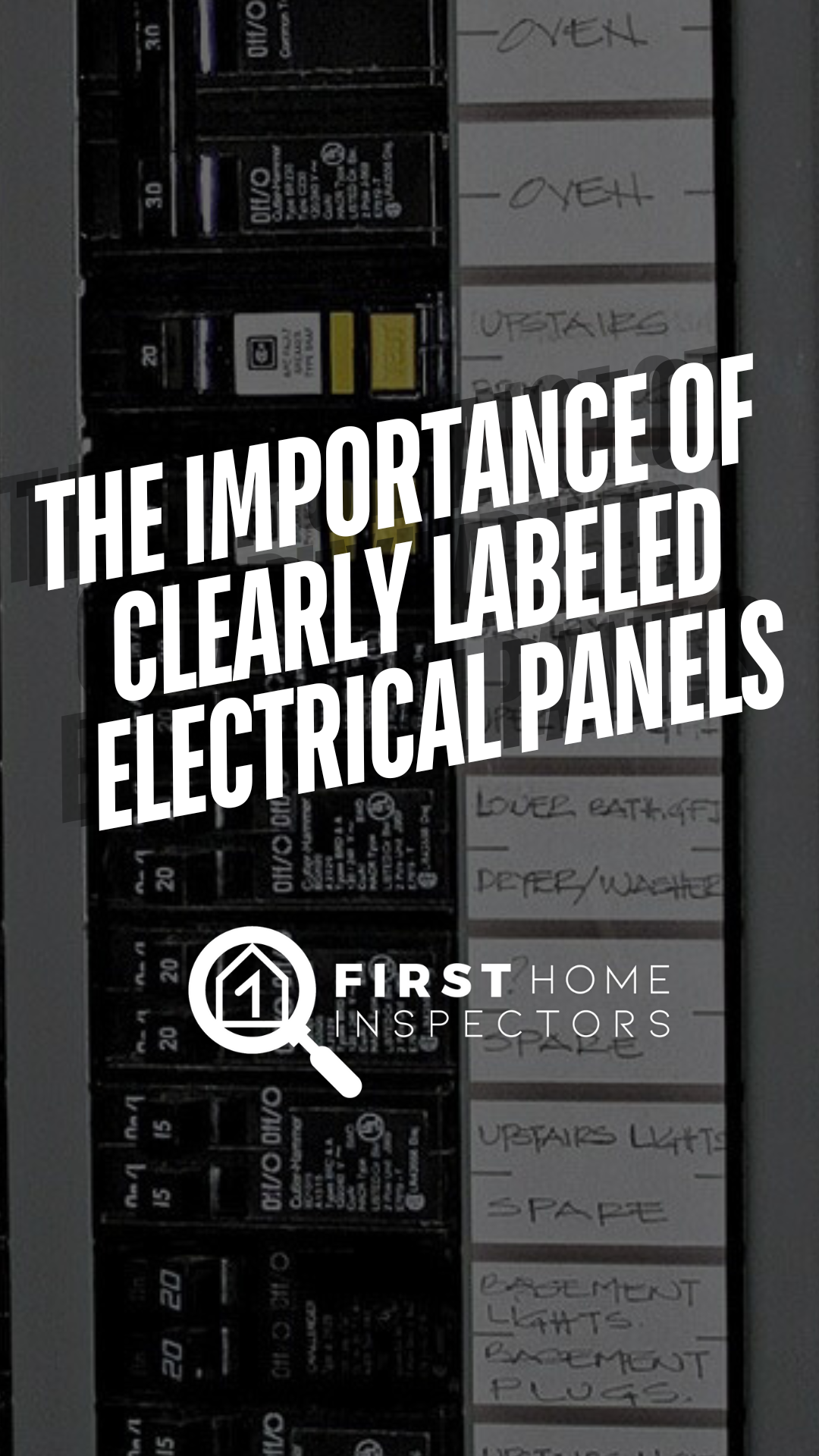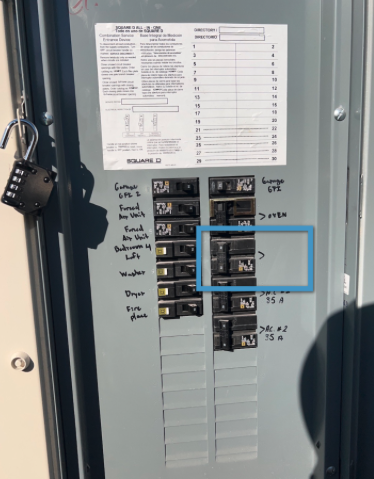The Importance of Properly Labeling Your Electrical Panel Circuits
If you've noticed ambiguous or poorly labeled circuits in your electrical panel, it’s essential to address this issue promptly. Clear and accurate labeling is crucial for both safety and efficiency in managing your home’s electrical system. Here’s why proper labeling matters and what steps you can take to ensure your electrical panel is clearly marked.
Why Proper Labeling is Important
1) Safety Concerns: In the event of an electrical emergency, such as a fire or an overloaded circuit, knowing which circuit controls which area of your home can be vital. Proper labeling helps you quickly identify the circuit to turn off.
2) Ease of Maintenance: When circuits are clearly labeled, it makes troubleshooting easier for homeowners and electricians alike. If there’s an issue with a particular circuit, knowing what it powers allows for faster diagnostics and repairs.
3) Preventing Overloads: Understanding which circuits are in use helps prevent overloading by distributing power more evenly across your home’s electrical system. This can reduce the risk of tripped breakers or potential fire hazards.
4) Code Compliance: Local electrical codes often require clear labeling of circuits in residential electrical panels. Failing to comply with these regulations can result in issues during home inspections or when selling your home.
5) Future Modifications: If you plan to make modifications or additions to your electrical system, having a clearly labeled panel will help guide any necessary changes or upgrades.
Ambiguous labels on an electrical panel, observed during a home inspection in Las Vegas
Steps to Properly Label Your Electrical Panel
1) Turn Off All Breakers: Before starting, turn off all breakers to ensure safety while working in the panel.
2) Test Each Circuit: One person can turn on a circuit breaker while another checks which outlets, lights, or appliances are powered. Use a non-contact voltage tester to verify which circuits correspond to each breaker.
3) Create a Legend: Make a list of each circuit and what it controls. This can include room names, specific outlets, or appliances.
4) Label the Breakers: Use a label maker, permanent marker, or pre-made circuit label stickers to clearly mark each circuit on the panel door or next to the breaker itself. Ensure that the labels are easy to read and placed securely.
5) Update as Necessary: If you make changes to your electrical system in the future, such as adding new circuits or removing old ones, be sure to update the labels accordingly.
6) Consider a Professional Assessment: If you’re unsure about labeling or suspect there are other issues in your electrical panel, consider hiring a licensed electrician. They can provide a comprehensive assessment and ensure that everything is up to code.
Conclusion
Ambiguous circuit labels in your electrical panel can lead to safety concerns and complications during maintenance or emergencies. By taking the time to properly label your circuits, you enhance the safety and efficiency of your home’s electrical system. Regular updates and assessments can help maintain clarity in your electrical panel, ensuring that you and any professionals working on your home can navigate the system with ease. If in doubt, don’t hesitate to consult an electrician for assistance.


